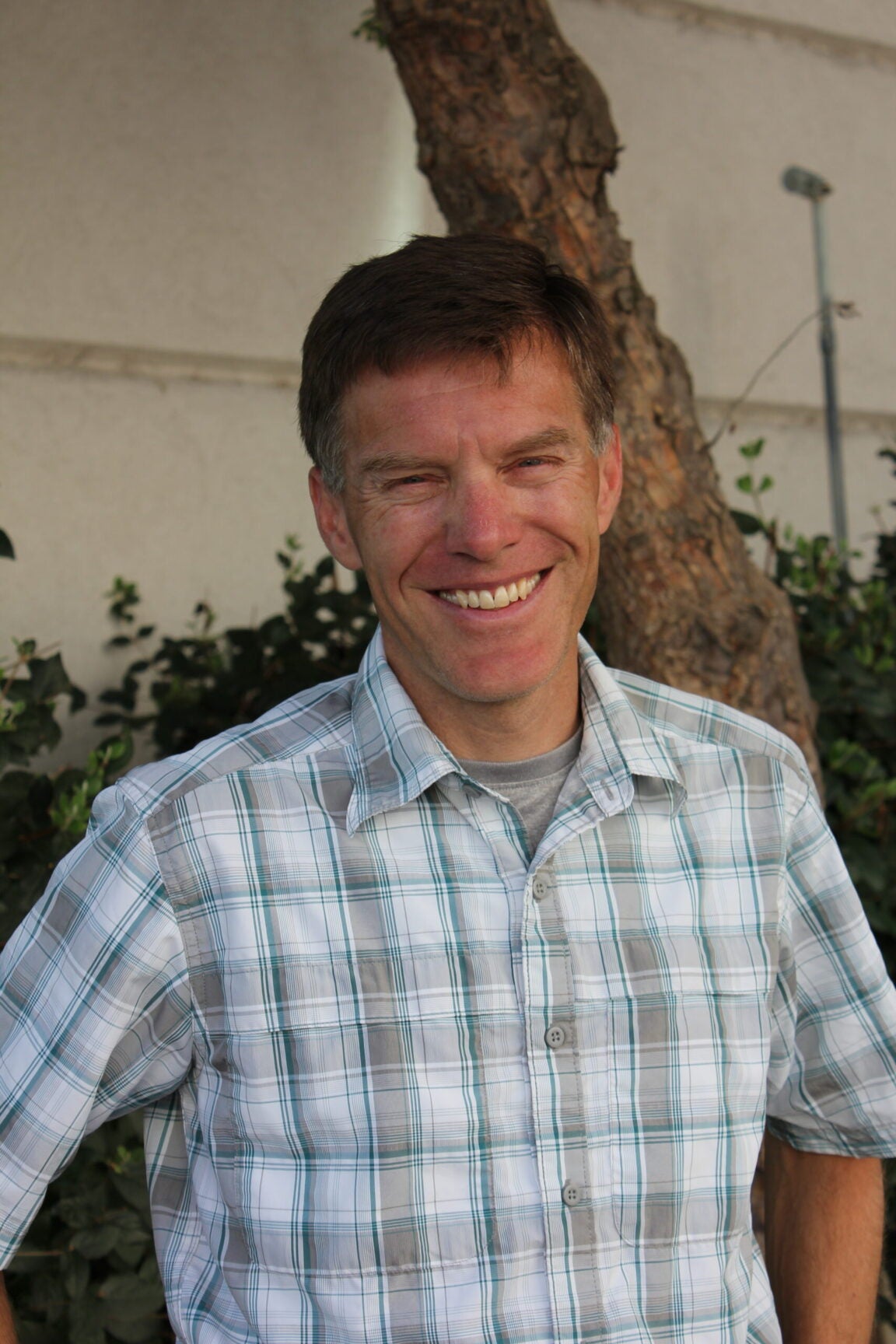Assistant Dean and Research Engineer
-

Paul H. Davis, Ph.D.
- Surface Science Lab Manager (May 2012)
- Ultrafast Spectroscopy Team, Co-Lead
- Ultrafast Laser Complex, Co-Director
- Fabrication, Characterization, and Testing (FaCT) Core Director
- Assistant Dean for Research Affairs
MCMR 210H- Surface Science Lab Manager (May 2012)
- Ultrafast Spectroscopy Team, Co-Lead
- Ultrafast Laser Complex, Co-Director
- Fabrication, Characterization, and Testing (FaCT) Core Director
- Assistant Dean for Research Affairs
About
Bio
Paul joined the Boise State University Department of Materials Science and Engineering as the Surface Science Laboratory Manager in May of 2012. Prior to coming to BSU, Paul held positions as a Senior Scientist at Boise Technology, Inc. (2008-2012), an Assistant Professor of Chemistry at Pacific Lutheran University in Tacoma, WA (2004-2008), and a postdoctoral teaching and research fellow at Santa Clara University (2002-2004). As a result, Paul brings extensive research experience spanning physics, chemistry, and materials science to the Surface Science Lab Manager position. In particular, he combines expertise in ultrafast nonlinear spectroscopy (including the surface specific technique of vibrational sum frequency generation, or VSFG), experience in the synthesis, characterization, and utilization of nanomaterials, and familiarity with numerous surface science tools, including AFM and SEM.
Paul earned a Ph.D. in chemical physics under the direction of Prof. Michael D. Fayer at Stanford University, where he utilized numerous ultrafast nonlinear spectroscopic techniques including infrared pump-probe, transient grating, and vibrational echo spectroscopy to study chemical structure and dynamics in a variety of condensed phase systems. As a postdoctoral fellow at Santa Clara University, he managed an active undergraduate research group carrying out quantum yield measurements to study photoisomerization of diphenylbutadiene (DPB), a model compound for the vision chromophore retinal. In addition, he continued to be involved in ultrafast nonlinear spectroscopy through collaborations at UC-Berkeley and UC-Santa Cruz that elucidated the excited state dynamics of diphenyloctatetraene (DPO) via pump-probe/transient absorption and the newly developed technique of femtosecond stimulated Raman spectroscopy (FSRS). Concurrently, he also made his first foray into materials science, overseeing a student carrying out undergraduate research at IBM’s Almaden Research Center involving the fabrication and characterization of nanoporous low k dielectrics.
During his time at Pacific Lutheran University, Paul directed undergraduate researchers in the synthesis and functionalization of colloidal gold and silica/gold core/shell nanoparticles for MALDI-TOF MS, SERS, and colorimetric assay detection of recombinant protein therapeutics. In the course of this research, he and his students utilized numerous materials characterization techniques including time-dependent UV-Vis-NIR absorption, FTIR, Raman, DLS, TEM, SEM with EDS, AFM, XPS, XRD, and synchrotron-based XAS (EXAFS) and SAXS through research conducted at PLU and numerous university and national laboratory user facilities. Subsequently at Boise Technology (BTI), Paul used VSFG spectroscopy to gain a molecular-level understanding of the interactions between solid surfaces, in particular polymers, and chemical weapons simulants as a function of chemical environment to aid in the rational design of new polyurethane-based chemical agent resistant coatings (CARC) with improved properties. While at BTI, Paul enjoyed sponsoring two Senior Design Teams in the Materials Science Department at BSU, one of which utilized the Surface Science Laboratory AFMs. Consequently he is excited to now work across disciplines with the numerous faculty, staff, and students that use the Surface Science Laboratory facilities to advance their research.